Test editor
- disablerبراندو عربي أسودEdit
- Text
- Style
- Brando Arabic Hairline
- Brando Arabic ExtraLight
- Brando Arabic Light
- Brando Arabic Regular
- Brando Arabic Text
- Brando Arabic SemiBold
- Brando Arabic Bold
- Brando Arabic Black
- Features
- Standard ligatures
- Fractions
- Lining numerals
- Dotted/slashed zero
- Oldstyle numerals
- Ordinals
- Proportional numerals
- Stylistic alternates
- Tabular numerals
- Alternate dollar
- Superiors
- Case-specific forms
- Inferiors
- Alternate slash
- Numerators
- Case-specific forms
- Denominators
} -
- Size
- xx px
- Leading
- xx px
- Auto
- Tracking
- xx px
- Alignment
- Left
- Center
- Right
- Color
- RGB
- Background
- RGB
- disabler
دل تاریکی
Edit- Text
- Style
- Brando Arabic Hairline
- Brando Arabic ExtraLight
- Brando Arabic Light
- Brando Arabic Regular
- Brando Arabic Text
- Brando Arabic SemiBold
- Brando Arabic Bold
- Brando Arabic Black
- Features
- Standard ligatures
- Fractions
- Lining numerals
- Dotted/slashed zero
- Oldstyle numerals
- Ordinals
- Proportional numerals
- Stylistic alternates
- Tabular numerals
- Alternate dollar
- Superiors
- Case-specific forms
- Inferiors
- Alternate slash
- Numerators
- Case-specific forms
- Denominators
} -
- Size
- xx px
- Leading
- xx px
- Auto
- Tracking
- xx px
- Alignment
- Left
- Center
- Right
- Color
- RGB
- Background
- RGB
- disablerالأشــــــــْــــكال الهندسيــــــّــــــةEdit
- Text
- Style
- Brando Arabic Hairline
- Brando Arabic ExtraLight
- Brando Arabic Light
- Brando Arabic Regular
- Brando Arabic Text
- Brando Arabic SemiBold
- Brando Arabic Bold
- Brando Arabic Black
- Features
- Standard ligatures
- Fractions
- Lining numerals
- Dotted/slashed zero
- Oldstyle numerals
- Ordinals
- Proportional numerals
- Stylistic alternates
- Tabular numerals
- Alternate dollar
- Superiors
- Case-specific forms
- Inferiors
- Alternate slash
- Numerators
- Case-specific forms
- Denominators
} -
- Size
- xx px
- Leading
- xx px
- Auto
- Tracking
- xx px
- Alignment
- Left
- Center
- Right
- Color
- RGB
- Background
- RGB
- disablerکوچک ترجمةEdit
- Text
- Style
- Brando Arabic Hairline
- Brando Arabic ExtraLight
- Brando Arabic Light
- Brando Arabic Regular
- Brando Arabic Text
- Brando Arabic SemiBold
- Brando Arabic Bold
- Brando Arabic Black
- Features
- Standard ligatures
- Fractions
- Lining numerals
- Dotted/slashed zero
- Oldstyle numerals
- Ordinals
- Proportional numerals
- Stylistic alternates
- Tabular numerals
- Alternate dollar
- Superiors
- Case-specific forms
- Inferiors
- Alternate slash
- Numerators
- Case-specific forms
- Denominators
} -
- Size
- xx px
- Leading
- xx px
- Auto
- Tracking
- xx px
- Alignment
- Left
- Center
- Right
- Color
- RGB
- Background
- RGB
- disablerومن «إريث» المغامرين منهم والمستعمرينEdit
- Text
- Style
- Brando Arabic Hairline
- Brando Arabic ExtraLight
- Brando Arabic Light
- Brando Arabic Regular
- Brando Arabic Text
- Brando Arabic SemiBold
- Brando Arabic Bold
- Brando Arabic Black
- Features
- Standard ligatures
- Fractions
- Lining numerals
- Dotted/slashed zero
- Oldstyle numerals
- Ordinals
- Proportional numerals
- Stylistic alternates
- Tabular numerals
- Alternate dollar
- Superiors
- Case-specific forms
- Inferiors
- Alternate slash
- Numerators
- Case-specific forms
- Denominators
} -
- Size
- xx px
- Leading
- xx px
- Auto
- Tracking
- xx px
- Alignment
- Left
- Center
- Right
- Color
- RGB
- Background
- RGB

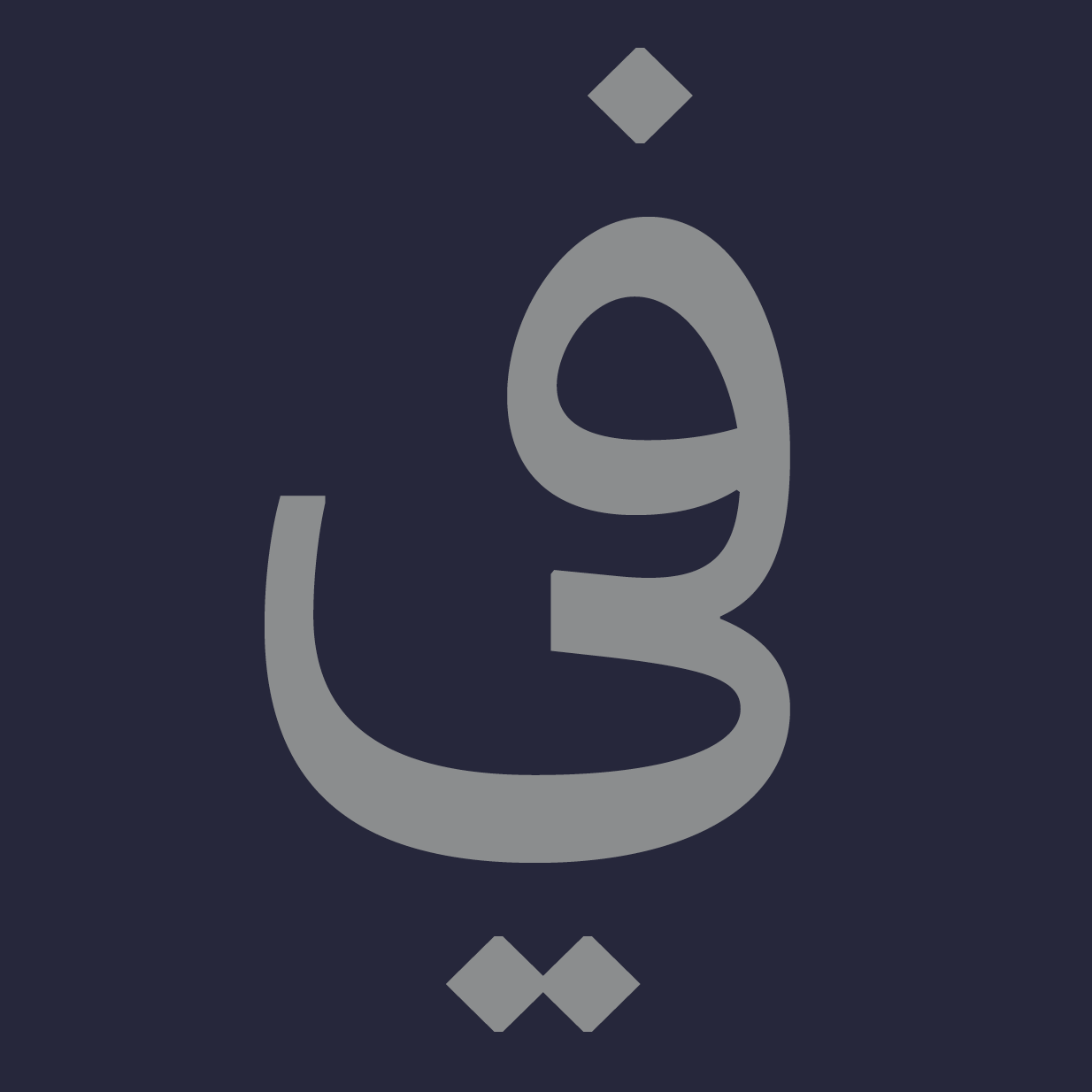
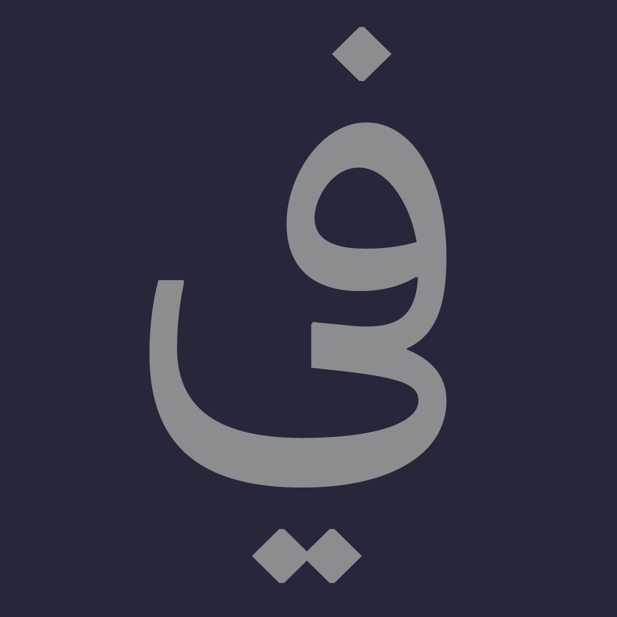
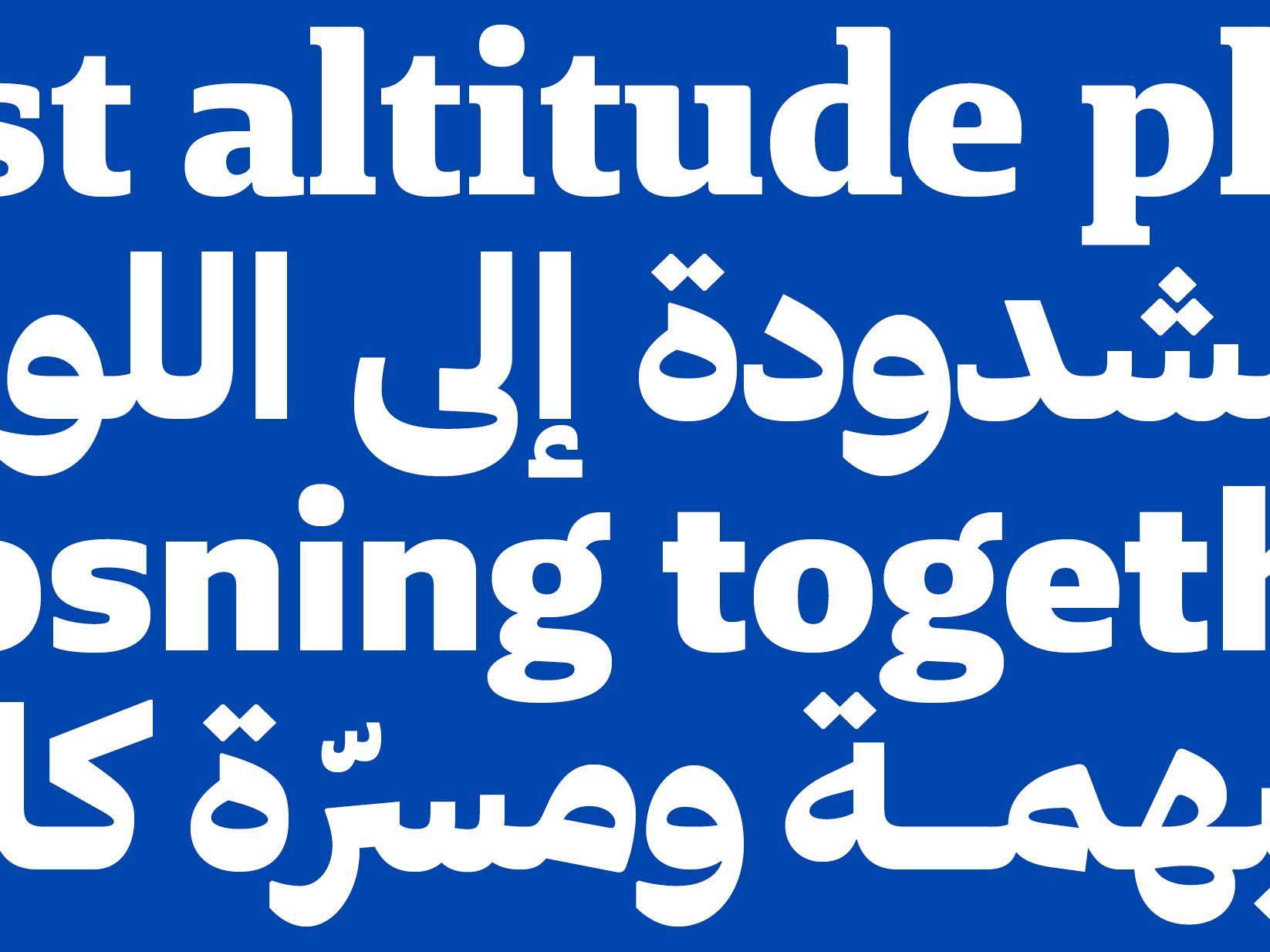
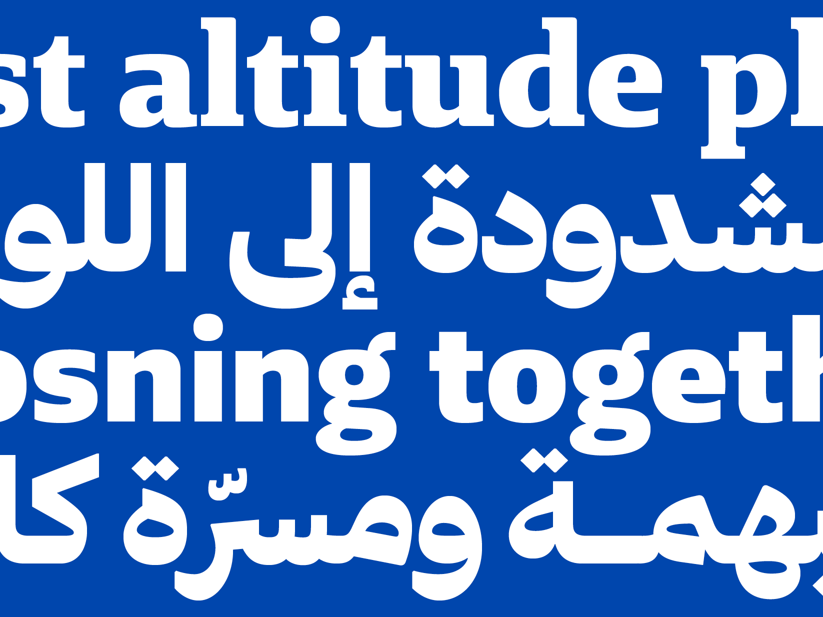
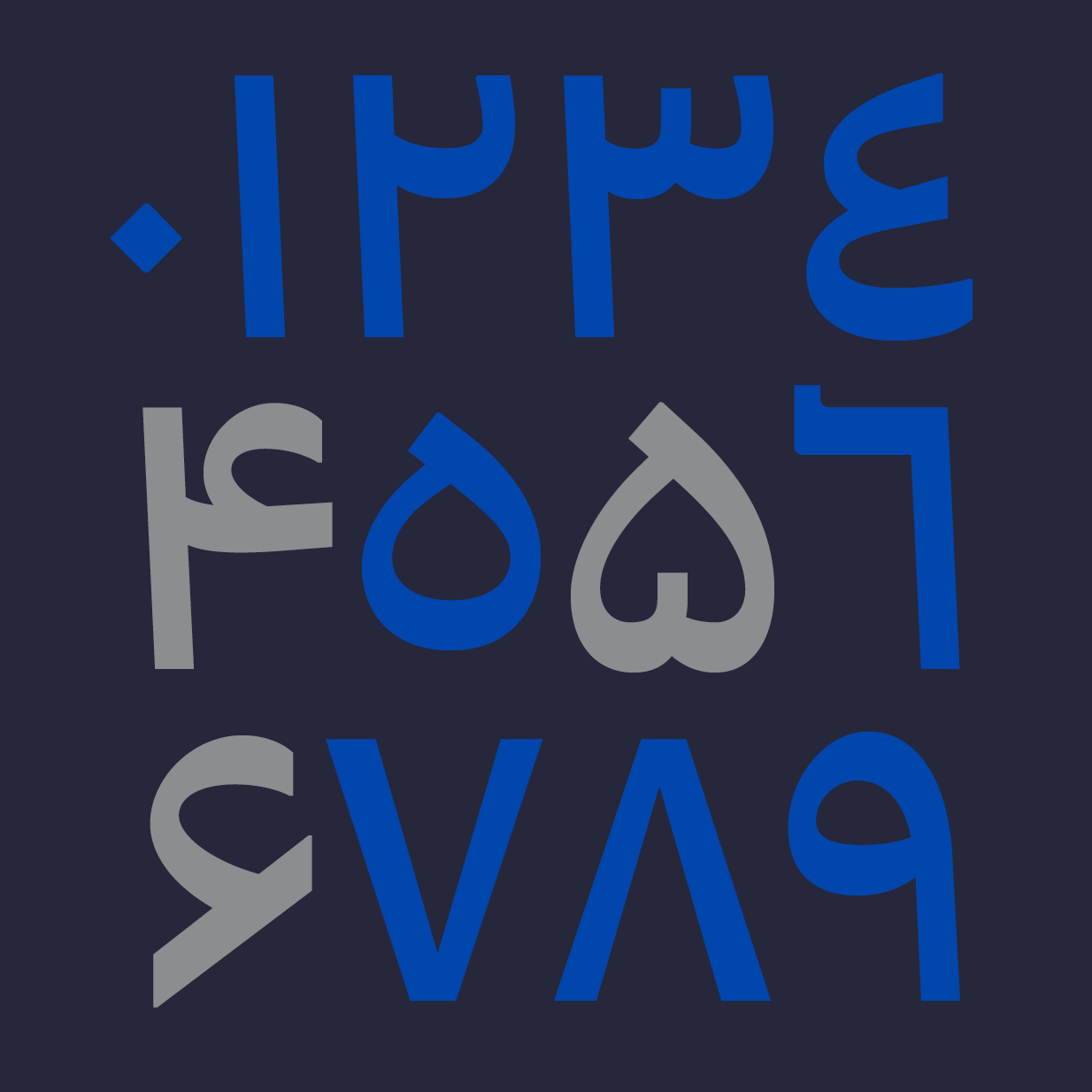
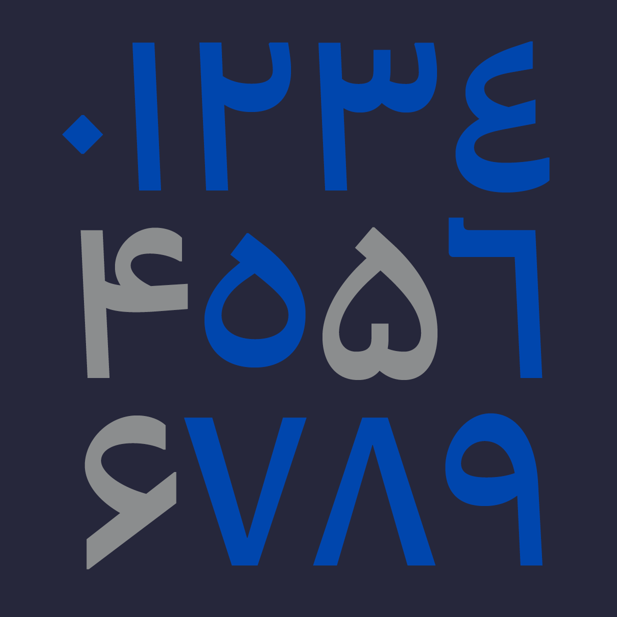
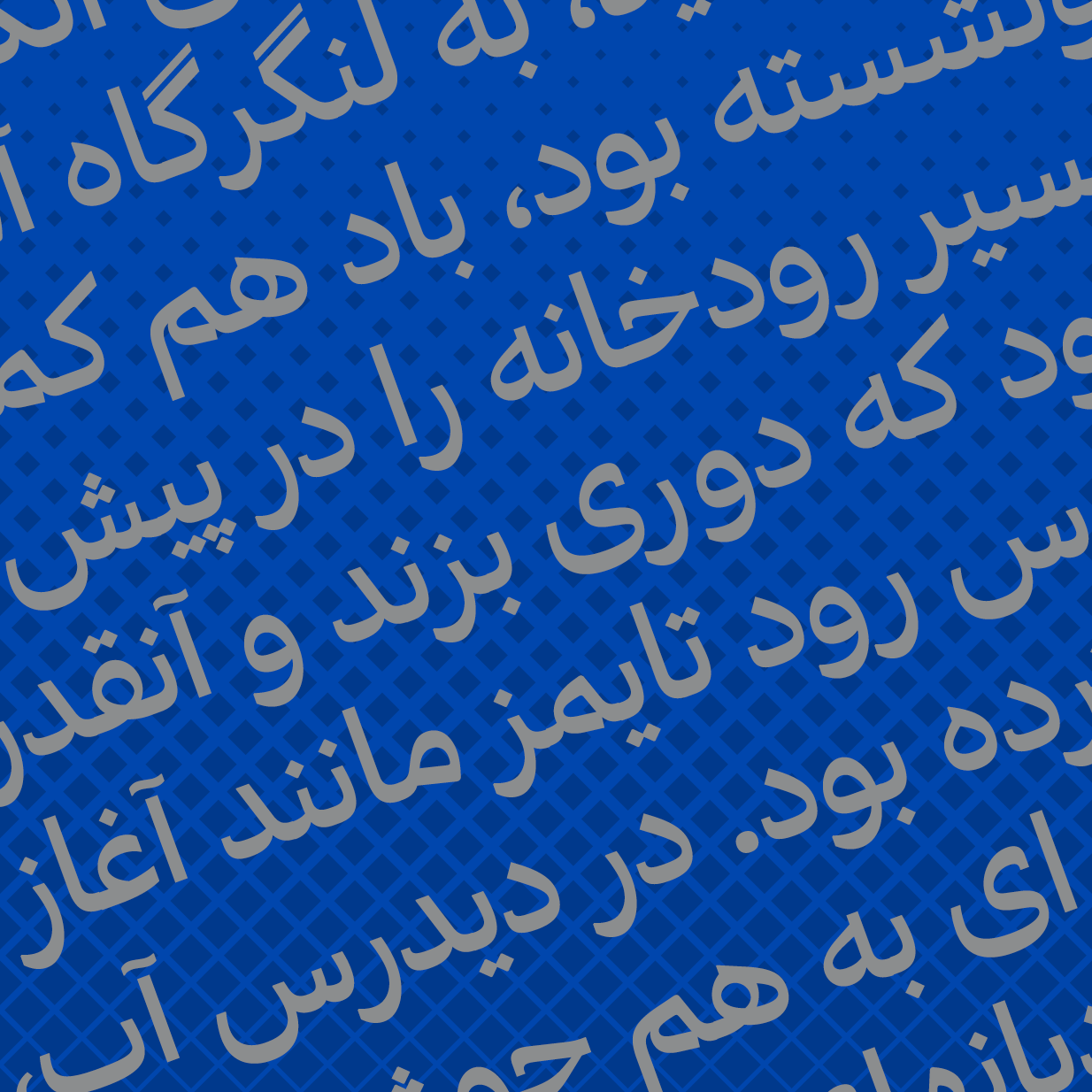
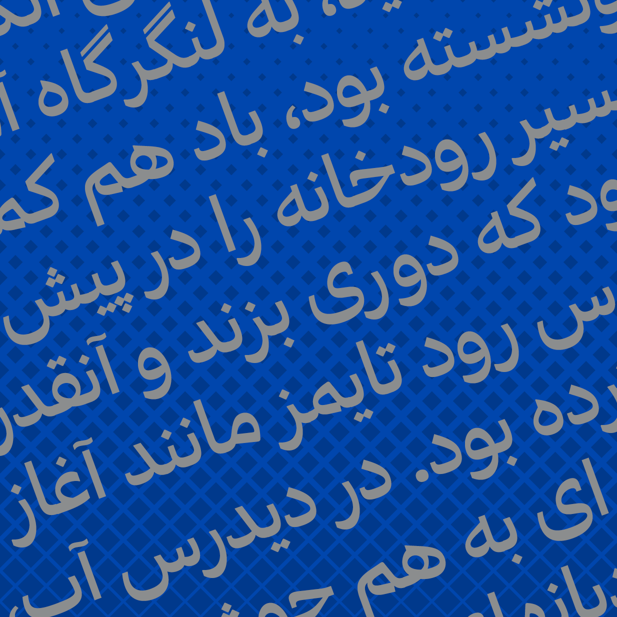
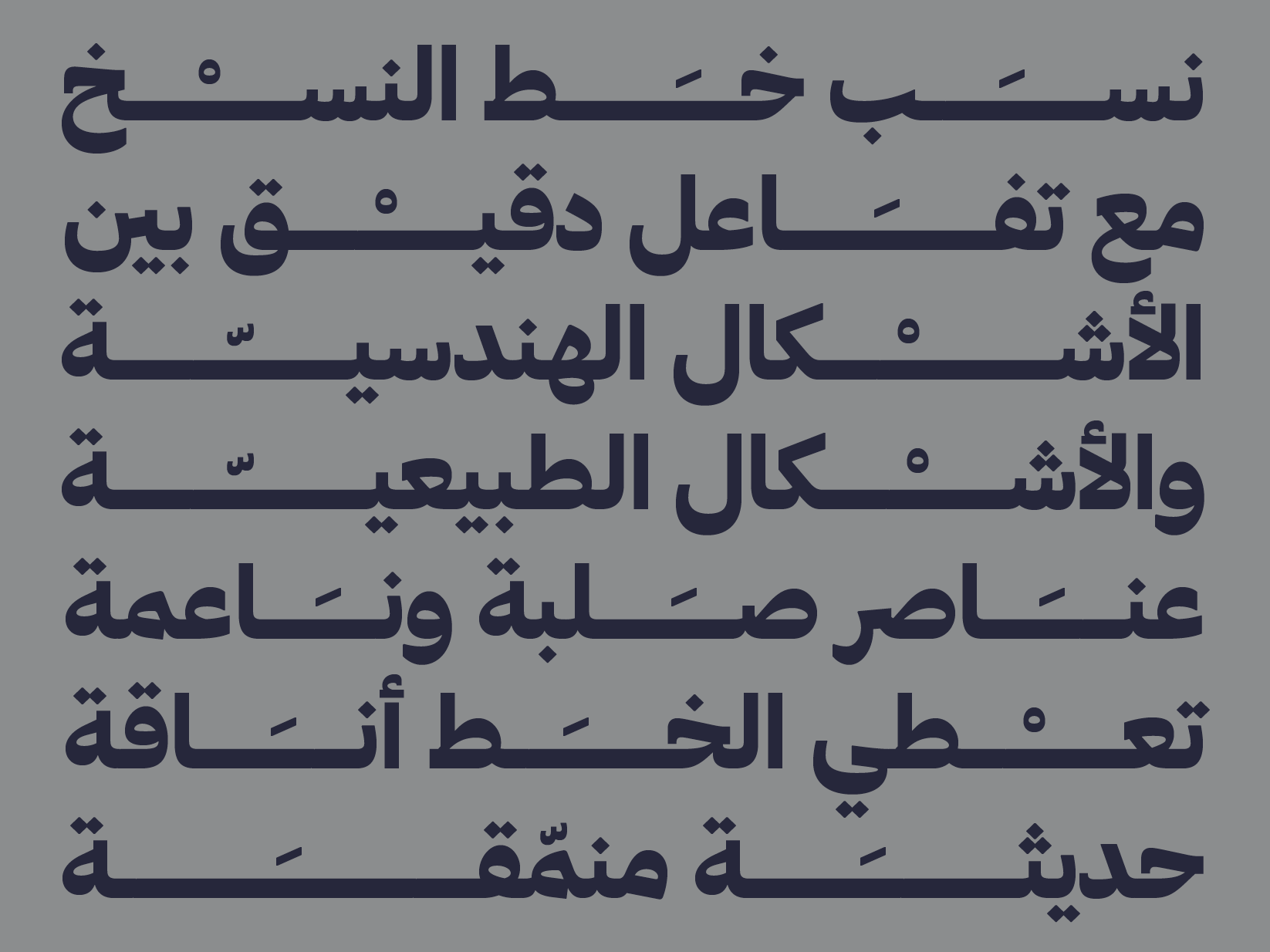
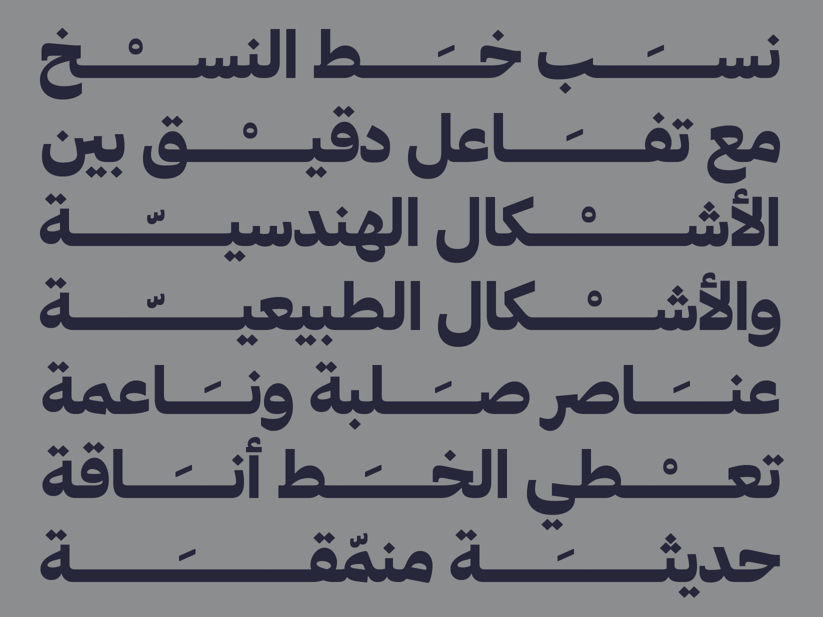
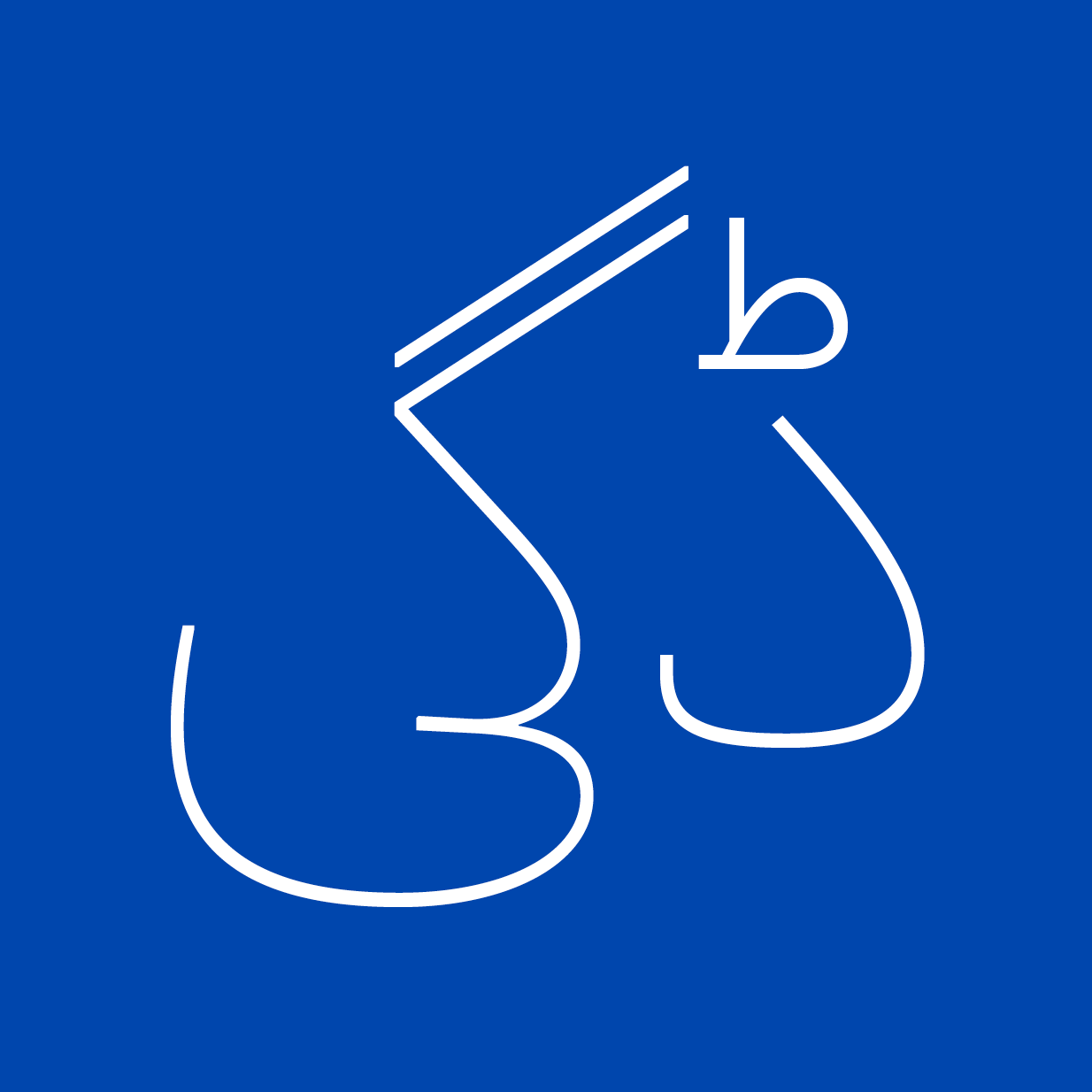
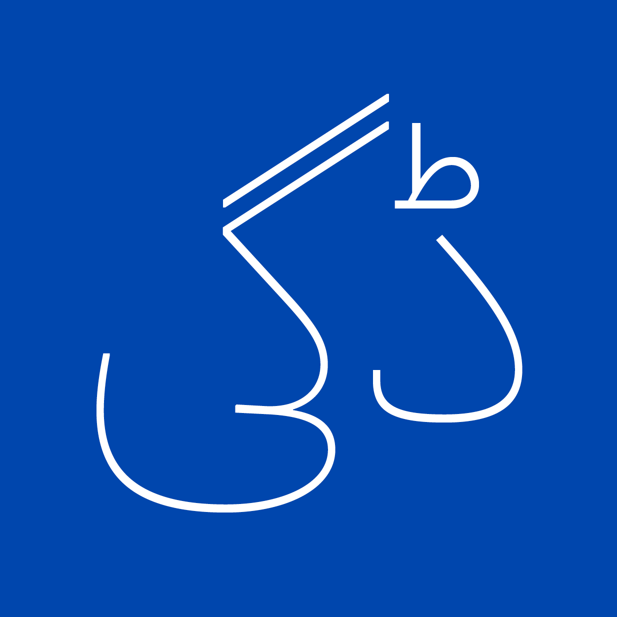
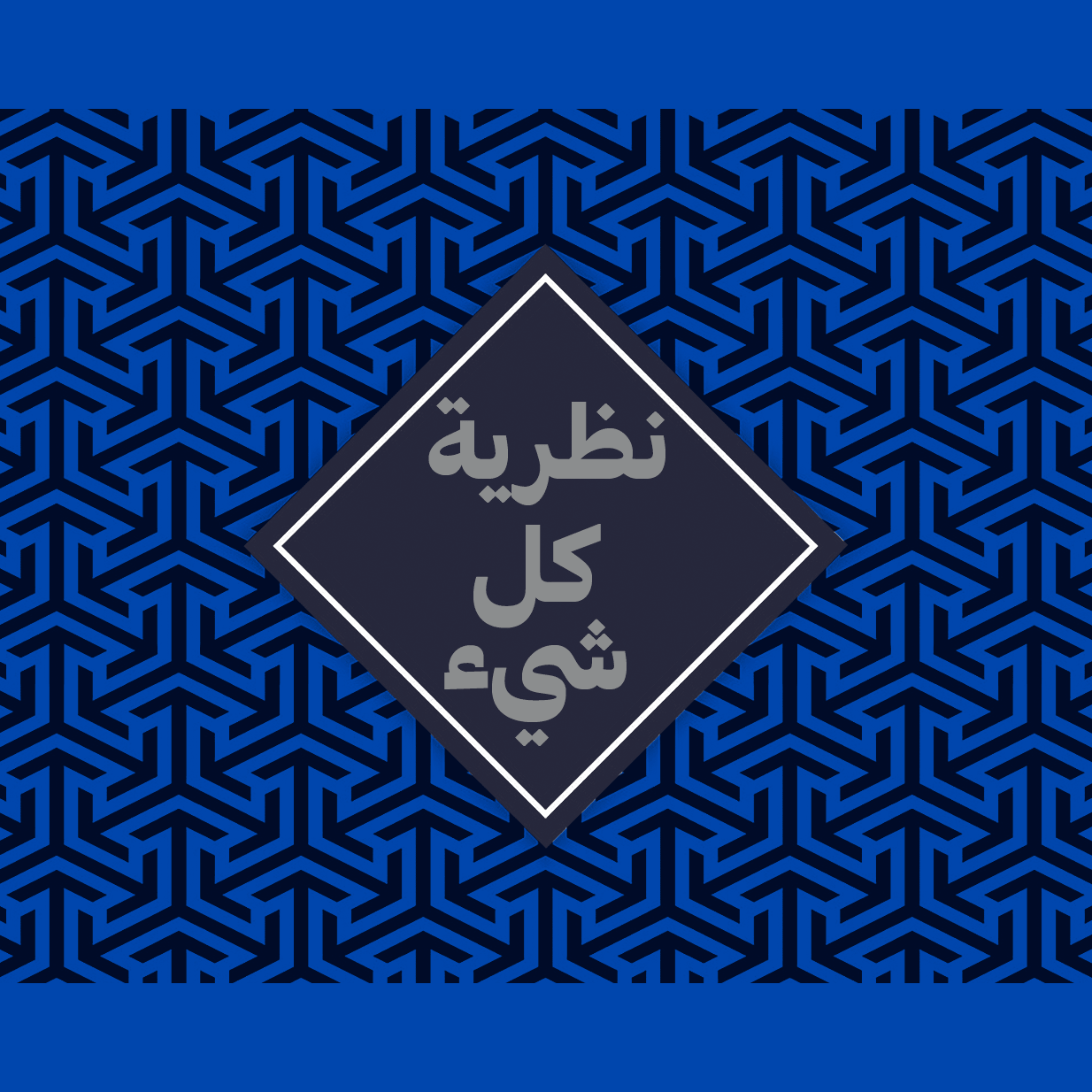
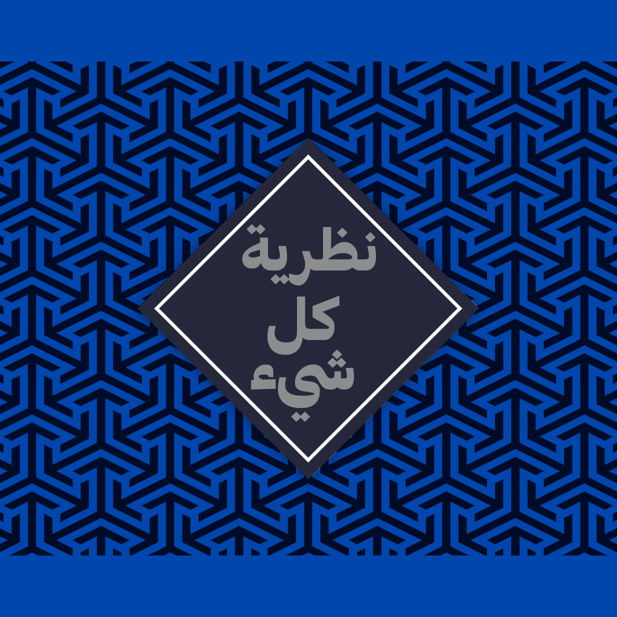
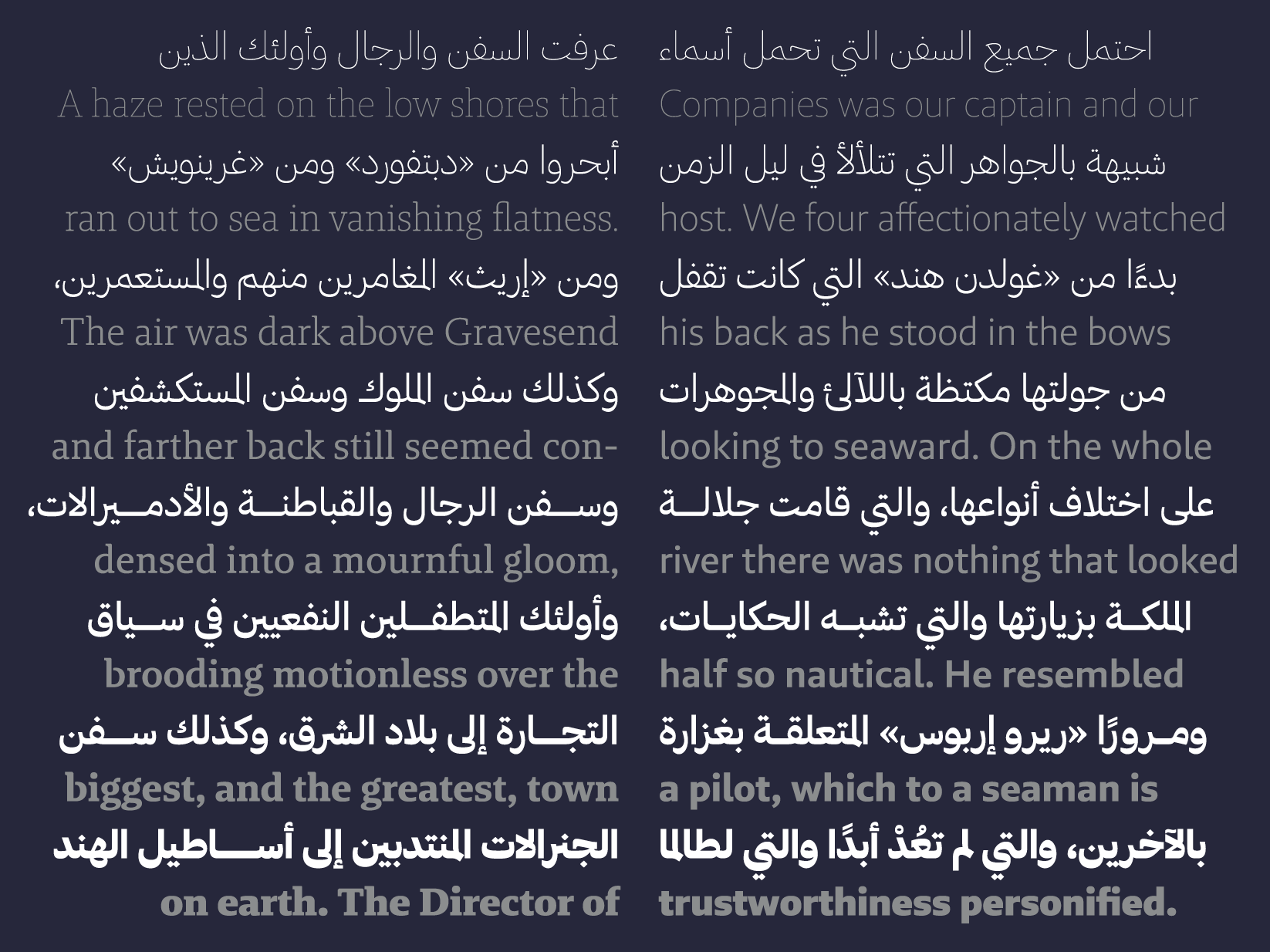
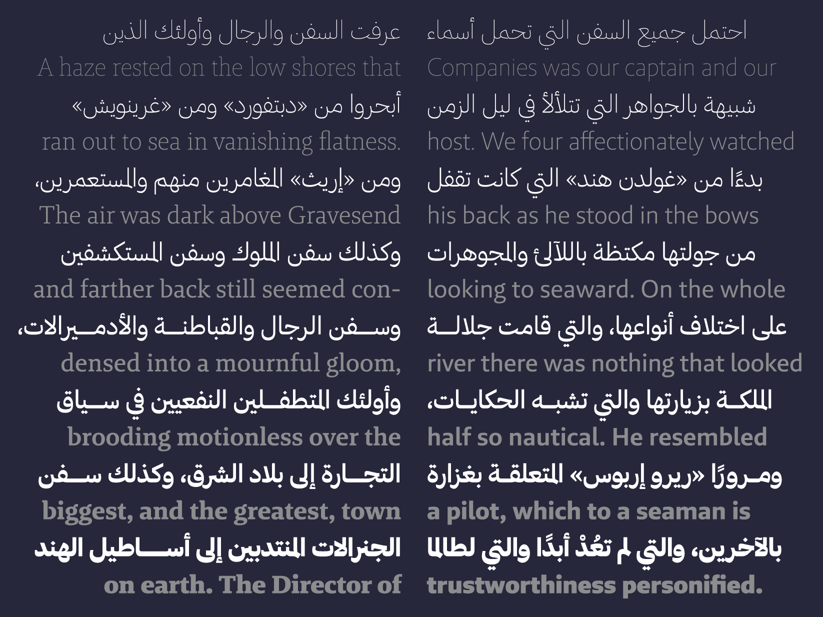
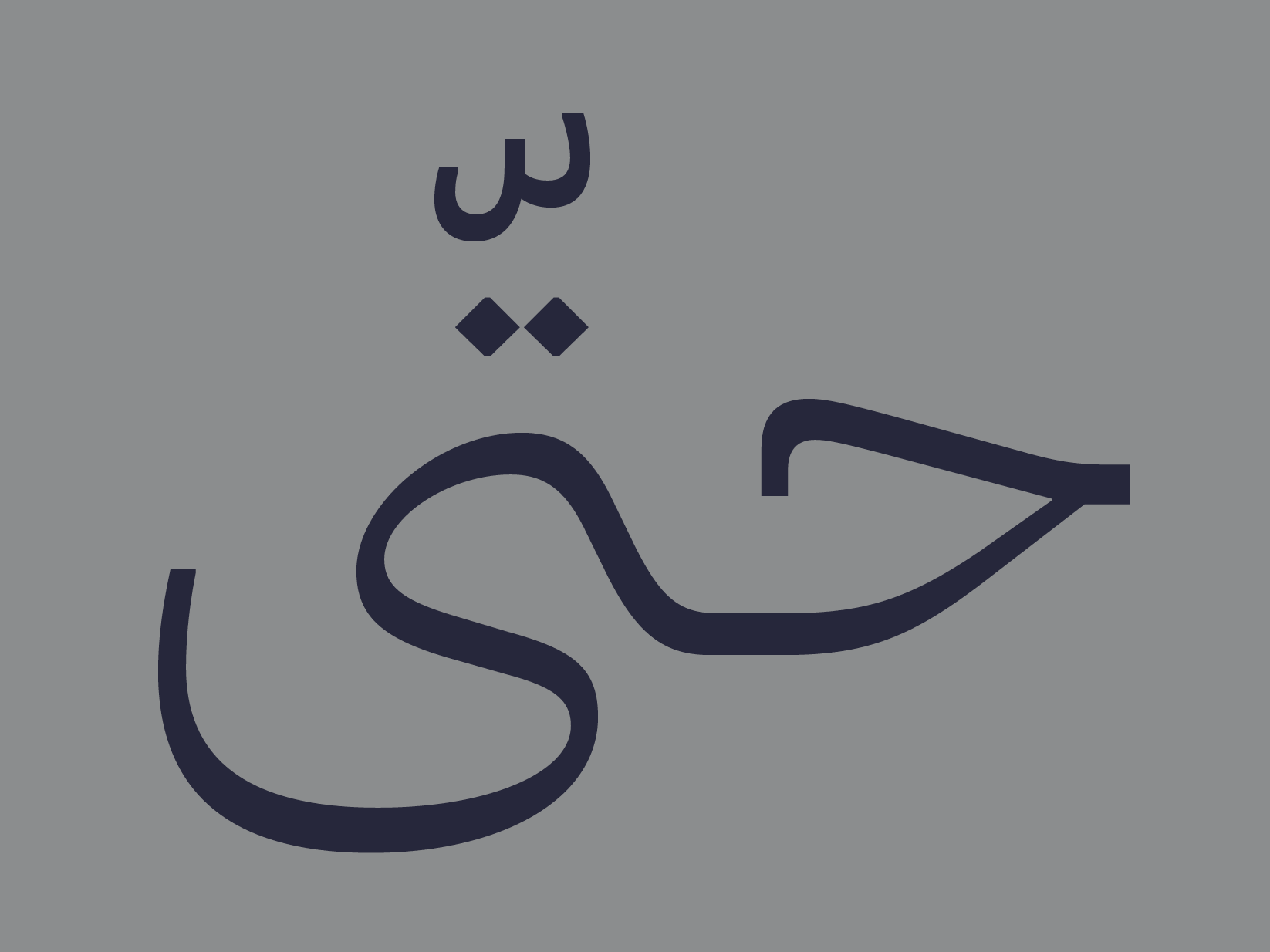
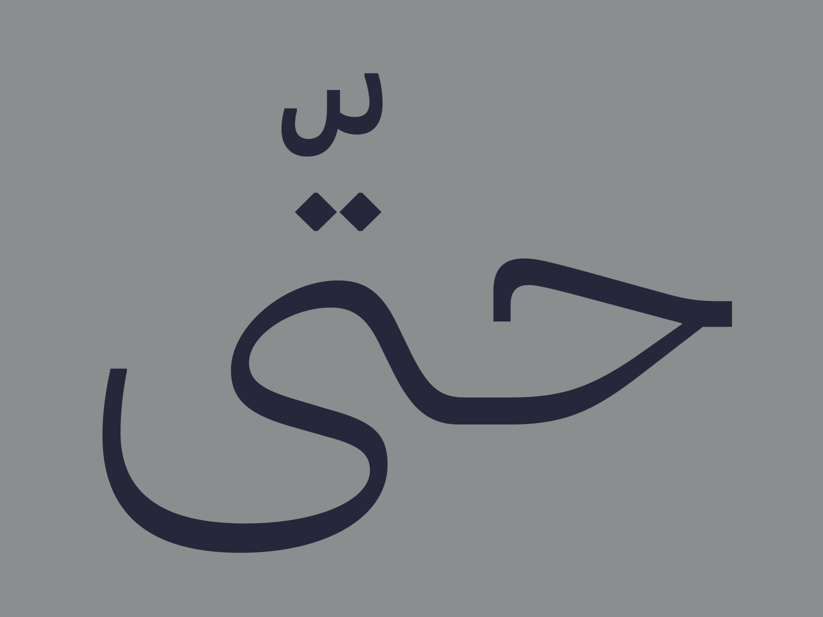
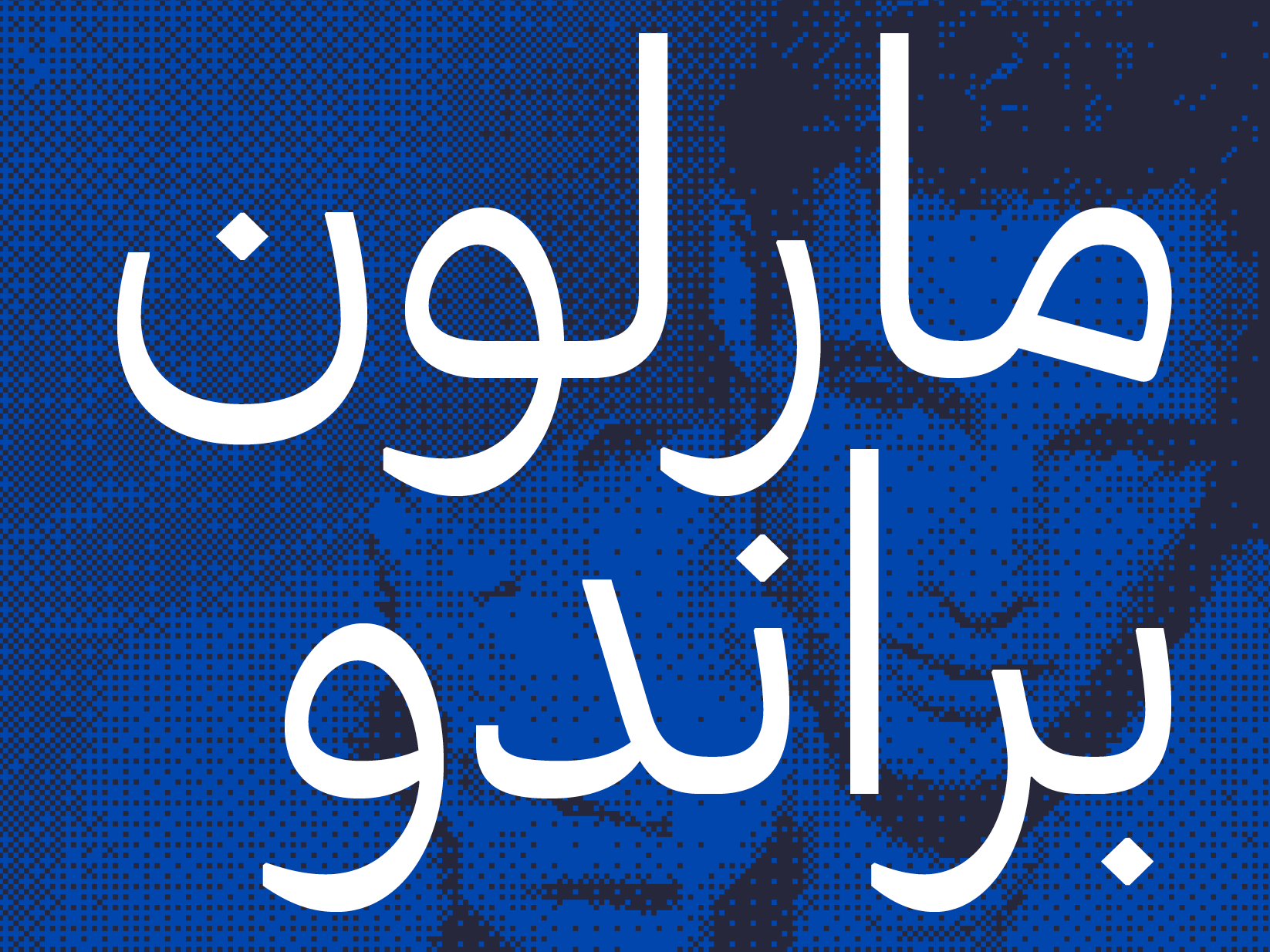
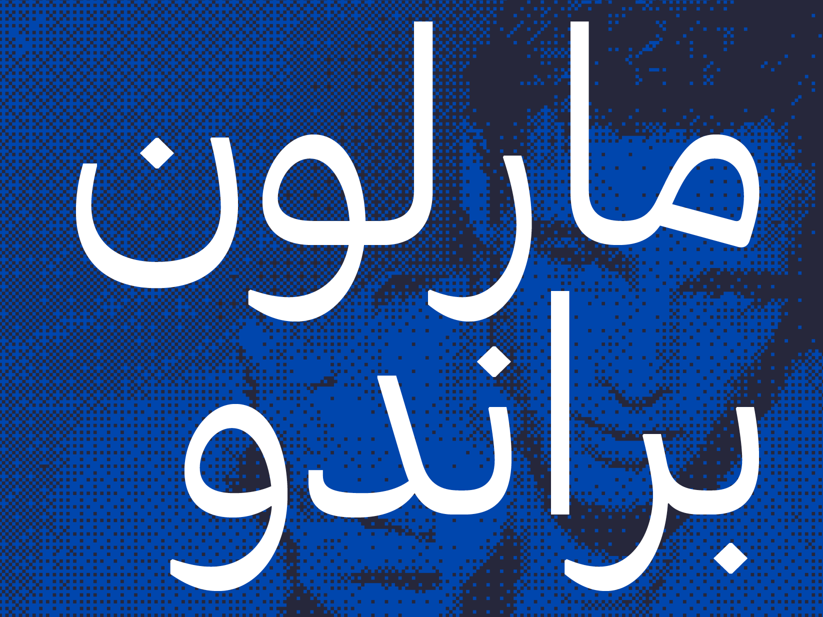
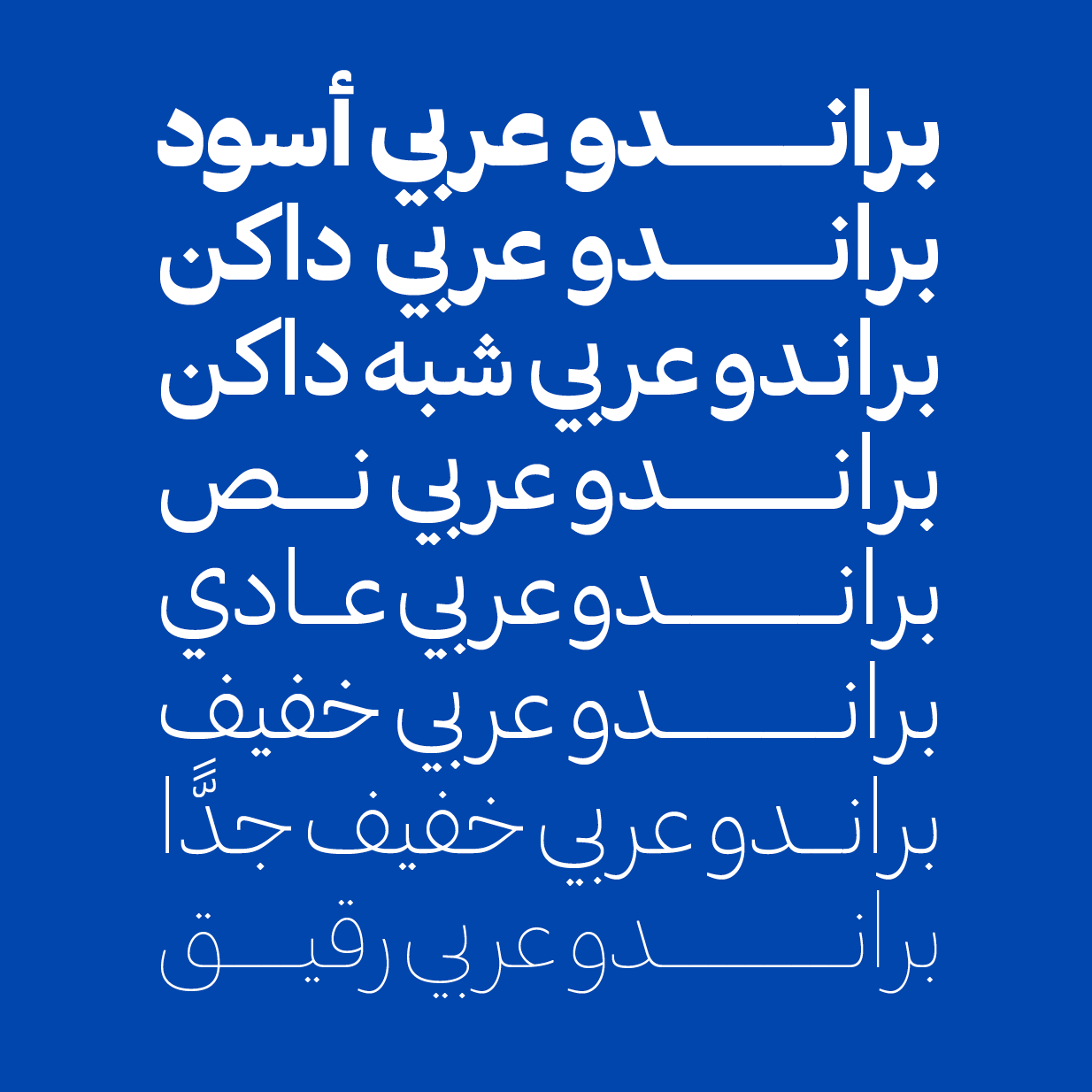
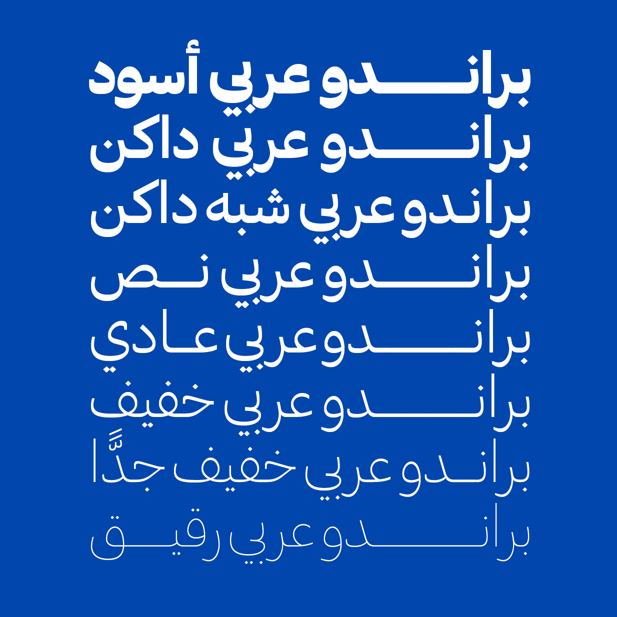
 Loading your cart
Loading your cart